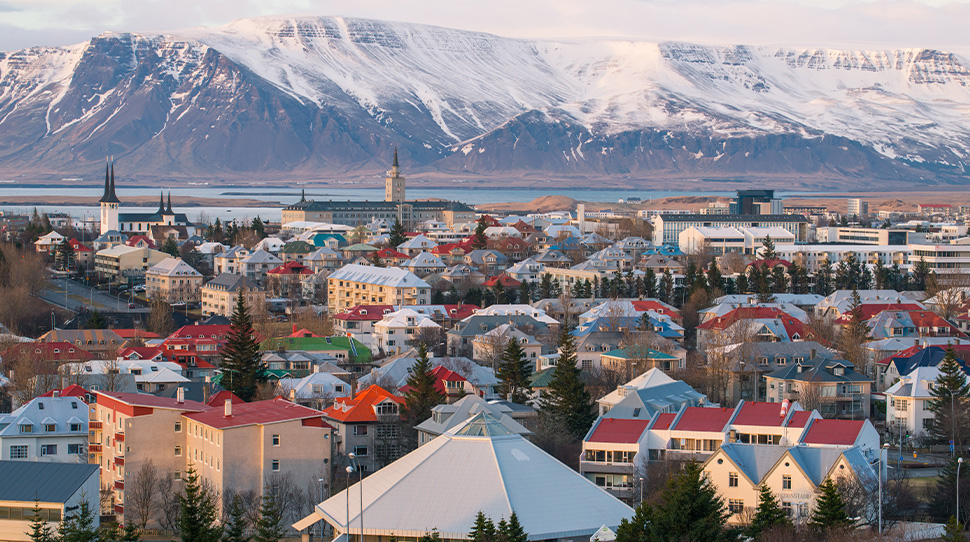

Trying to come up with an itinerary in a country that’s as chock-full of spectacular landscapes as Iceland can leave you scratching your head. After one visit, you will likely want to return a second (or third time) because it really is that beautiful.
For a first-time trip, begin with these 10 attractions, from the bird cliffs of west Iceland to the fabled canyons of the north.
Spend time in a cool Nordic capital
With quaint streets lined with colorful houses, cute boutiques, interesting art galleries and museums, cultural venues and a vibrant food scene found in cozy cafes and upscale restaurants, Reykjavik exudes a cool, cosmopolitan vibe that invites you to linger.
To explore over a day, set off on a leisurely walking tour that begins at Hallgrímskirkja, the Lutheran church considered synonymous with the city itself by virtue of the basalt lava-flow-inspired expressionist architecture. Other sights to visit include Tjörnin, a swan-filled pond next to the city hall, the shimmering Harpa Concert Hall (check show listings for evening entertainment), the National Gallery of Iceland and the Old Harbor. Finish at Perlan Museum, where you’ll find nature exhibitions, a planetarium and a panoramic viewing platform.
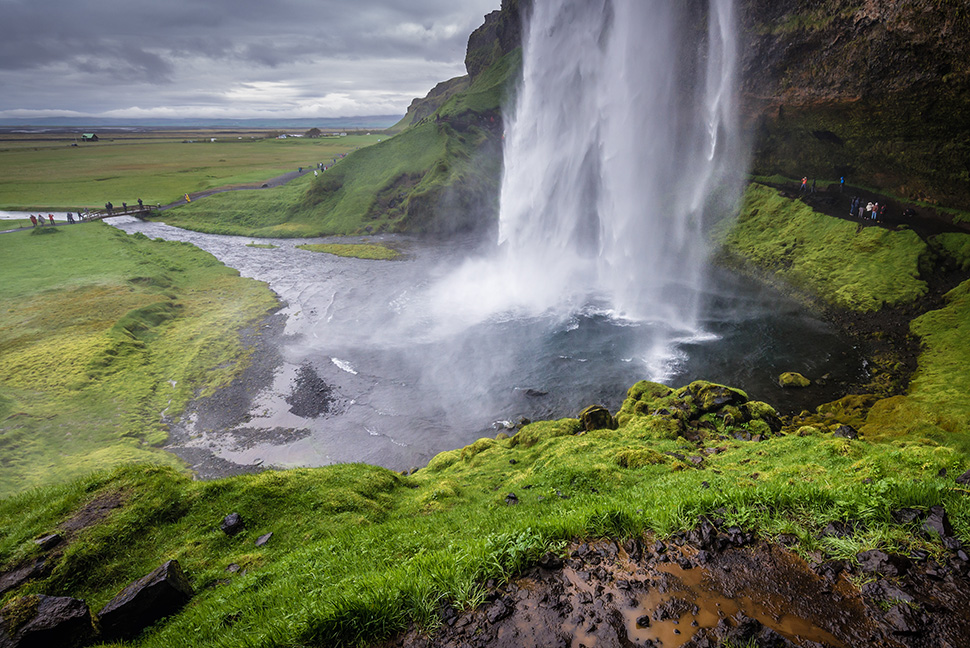
Do go chasing waterfalls
While there’s no lack of waterfalls in Iceland, many consider the south coast’s nearly 200-foot-high Seljalandsfoss as the most beautiful. It’s also a straightforward trip with easy access from the Ring Road (the country’s main driving route that runs around the island).
Seljalandsfoss’ facade looks gorgeous, but the most stunning view lies just up the stairs on the right and across the narrow ledge.
Hike on a glacier
A glacier hike provides a fascinating perspective on Iceland’s incredible nature and the impact of climate change. On the south coast, tours from Skaftafell offer access to Falljökull, an outlet glacier of the mighty Vatnajökull Glacier, Iceland’s largest ice cap and nearly 8 percent of the country’s land area.
On a guided glacier hike, you’ll strap on crampons and helmets and follow knowledgeable guides through the dramatic and steep terrain of ash-covered ice, meltwater, crevasses, ice fall, ice caves and sharp peaks.

Sail among icebergs
The iceberg-strewn glacial lagoon Jökulsárlón is one of those natural attractions that causes many visitors to describe the country as “otherworldly.” Located on the south coast in the Vatnajökull National Park, this lagoon — today the deepest lake in Iceland — was formed by the meltwater from the retreating Breiðamerkurjökull glacier, a tongue of the Vatnajökull Glacier.
The icebergs in the lagoon also originate from the same glacier and can be seen up close on boat trips around the lake. Don’t miss the nearby black sand Diamond Beach, where several of the smaller icebergs end up on the shore, shimmering like diamonds.
Soak in geothermal waters
A relatively new addition to Iceland’s geothermal spas, the Sky Lagoon, a 10-minute drive from downtown Reykjavik, makes for a perfect introduction to the country’s customary relaxation ritual. Set in a scenic perch on a cliff overlooking the North Atlantic Ocean and surrounded by volcanic rock, the geothermal spa and pool combine traditional nature-inspired design with sustainable modern elements.
Choose from a seven-step spa ritual incorporating a plunge pool, sauna, scrub and steam, or spend all of your time in the geothermal infinity pool gazing at the ocean. There’s a swim-up bar and an onsite restaurant as well.
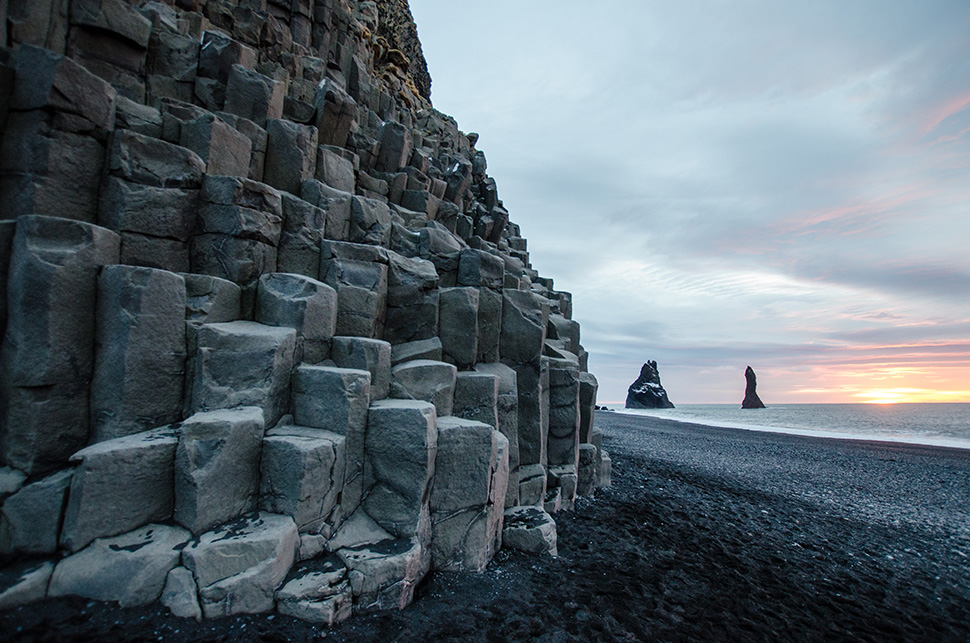
Admire basalt columns on a black sand beach
Flanked by stacked basalt columns and hidden caves along a shoreline cliff, the black sand beach at Reynisfjara makes for a worthwhile stop on the country’s south coast. Here, massive waves from the North Atlantic Ocean, some as high as 131 feet, crash with astounding force on the stark volcanic-sand-covered beach.
In the distance, you can see the basalt sea stacks at Reynisdrangar. Legend says that these came to be formed when the first rays of the sun turned a pair of trolls into stone.
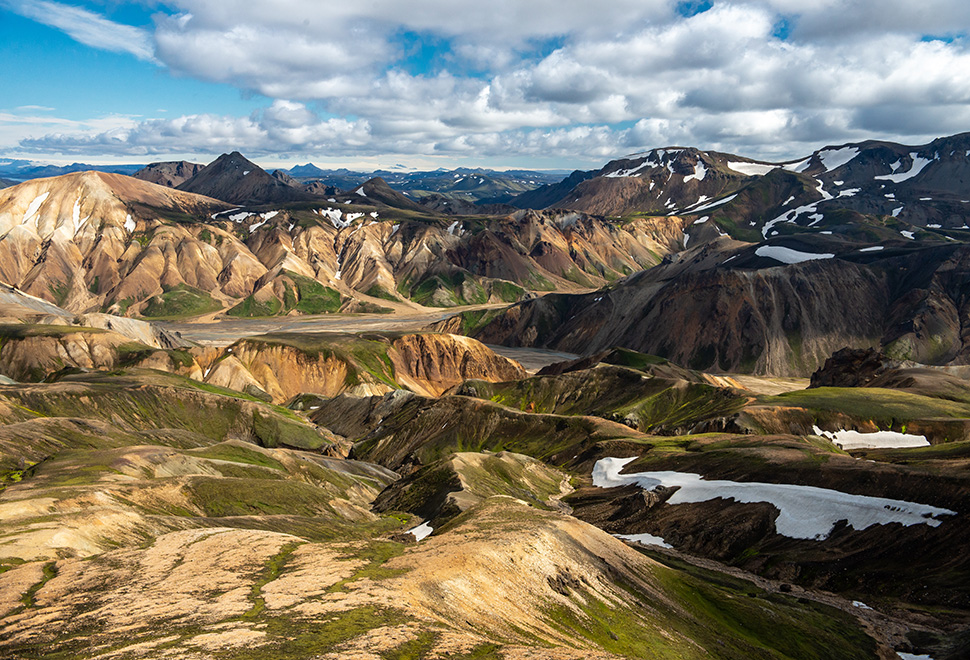
Take a super jeep tour of the Highlands
Few tourists who visit Iceland make it to Landmannalaugar in the Highlands. Those who do venture into the country’s interior are rewarded with breathtaking views of picturesque snow-capped rhyolite mountains in myriad shades of red, green and yellow.
Only accessible in summer (when it’s also popular for multi-day hikes), the Highlands is best explored on a super jeep guided tour. On a day trip, you’ll visit lava fields, hot springs, hiking trails, crater lakes and turquoise waterfalls.
Visit the world’s oldest parliament
Most travelers make the Thingvellir National Park their first stop on the famous Golden Circle tour, and for a good reason. This UNESCO World Heritage Site is where the Alþingi — the oldest continuously running parliament in the world — was founded in 930 by the Öxará river.
Inside the park, walk to noteworthy sites along the Almannagjá gorge, flanked by massive basalt walls. Detailed information boards explain parliamentary practices in the old days and offer insight into the social, political and economic aspects of life at the time.
The geological landscape here is intriguing, with lava fields, gorges and moving fissures created by a rift valley between the Eurasian and North American tectonic plates. If you don’t mind the frigid waters, take the once-in-a-lifetime chance to go snorkeling between two continents in the Silfra fissure.
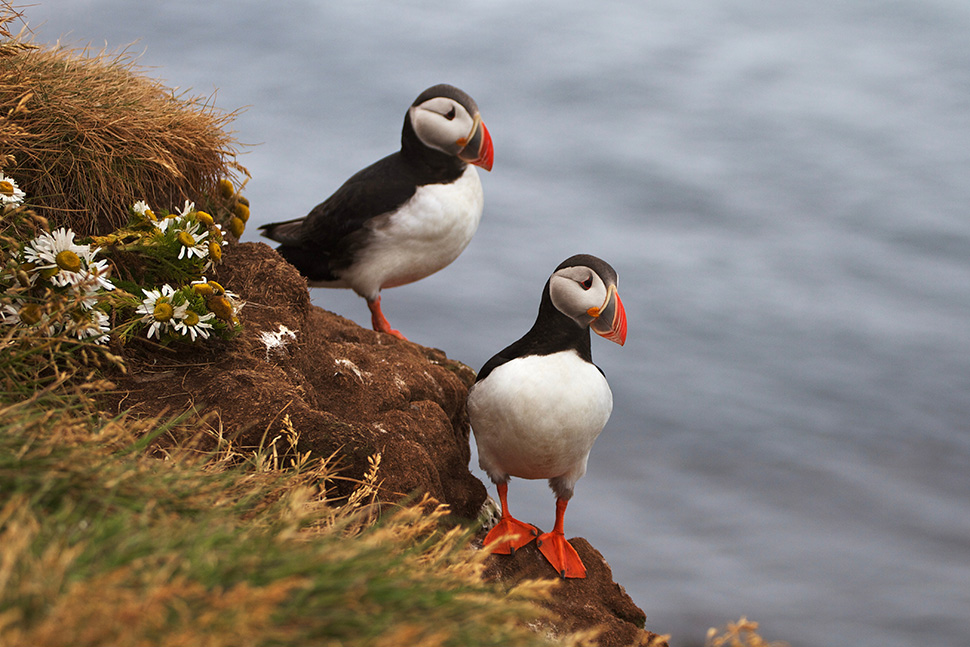
Go puffin watching in the Westfjords
From May to August, one of the best places to see orange-beaked puffins in Iceland is at the Látrabjarg sea cliffs — Europe’s largest — in the Westfjords. It’s a prime location for birdwatchers and nature photographers. You’ll spot several species of nesting seabirds here, including the puffin, fulmar, Arctic tern and guillemot. These steep, rocky cliffs are the westernmost point of Europe and offer sublime views over the North Atlantic Ocean.
Explore a horseshoe-shaped canyon
Within the Vatnajökull National Park, you’ll find the horseshoe-shaped Ásbyrgi canyon, one of the most magnificent places to visit in the northern part of the country. Even for Iceland, the forests of birch, willow, spruce and pine make the landscape unique.
While the canyon formed due to glacial flooding millions of years ago, folklore says that it was the foot of Sleipnir, the magical eight-legged horse of the Norse god Odin, that caused the canyon to form.
A number of hiking trails, of varying levels of difficulty, lead you to a pond, up hills, through forests and to viewpoints overlooking the canyon.
